Filtered by: Lifestyle
Lifestyle
Davao City’s best, from the mountains to the seas
Text and photos by STANLEY BALDWIN O. SEE
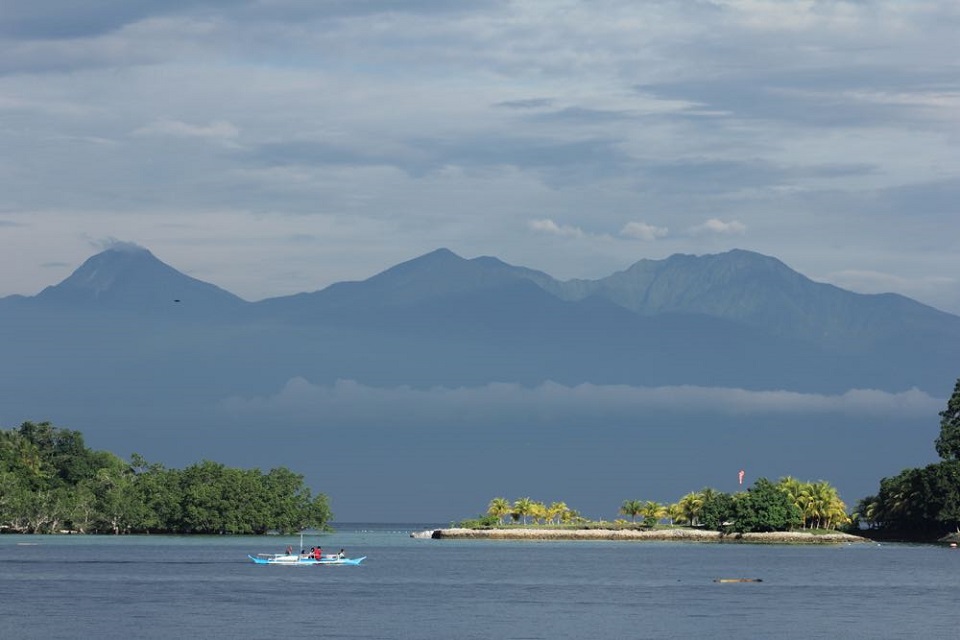
Mt Apo rises behind Samal's Malipano Islets.
Four days exploring the country's largest city by total land area (2,433 square kilometers) were not enough to cover all the landmarks, restaurants and watering holes that Davao offers. From the start, my companion and I really did not have a strict itinerary for this trip; just the simple agenda of finding the best places and dining options that are not too "touristy" and are still frequented by local Davaoeños.
After landing at Francisco Bangoy (Davao) International Airport and checking into our hotel in the Poblacion District, the first order of business was a late lunch.
Seafood theme alert
At Abreeza Mall, we chose Hukad sa Golden Cowrie, which serves Filipino fare at affordable prices.The Baked Scallops were visually disappointing size-wise, but thankfully tasted a lot better. Sharing an order (10 pieces) might be hard, as each piece of scallop is figuratively worth its weight in gold. Continuing the seafood lunch theme were the hot bowl of Tangigue (Tanigue) sa Sinigang and a plate of Grilled Blue Marlin. The Sinigang soup was a tad too sour and tart, but the tangigue flesh was fresh and meaty, a perfect partner to the P43 unlimited rice.
I have eaten bigger, better and cheaper blue marlin steaks in Iloilo, but I have no other complaints about Hukad's grilled version.
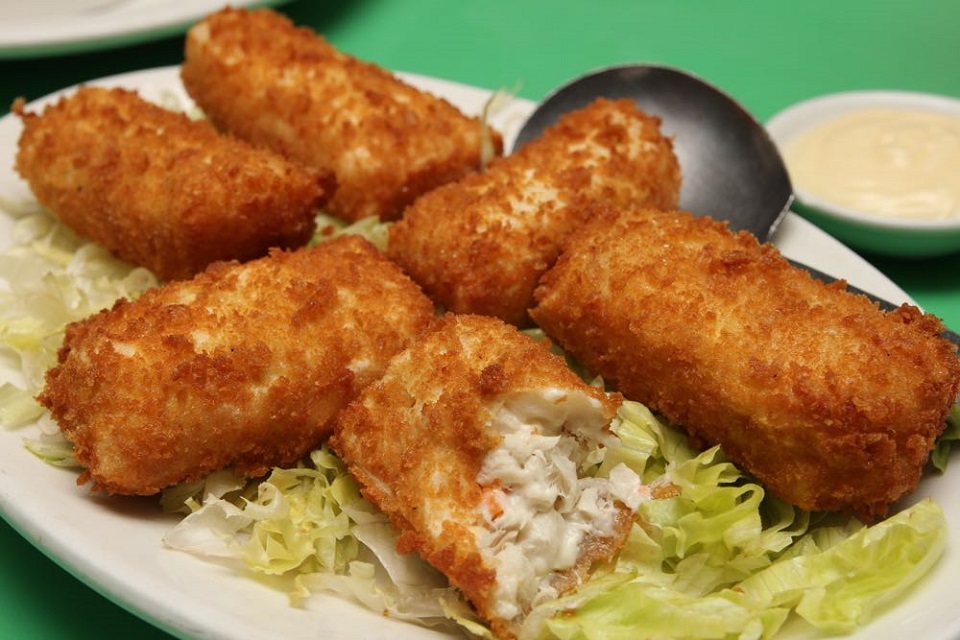
A must-try in Davao City: Ah Fat's Seafood Roll
For appetizers, an order of the Seafood Roll was a must—I repeat, a must! The crunchy, panko-crusted outer layer goes well with the tangy, chunky filling. The rolls are not oily and have enough flavor in them that the accompanying mayonnaise was completely ignored. Even before all six rolls were finished, I vowed that I would come back to Davao City just for Ah Fat's Seafood Roll.
Not to be outdone, the main course of the evening was the Steamed Pampano with Taoso Sauce. A bit pricey at P850/kg, we got a 1/2 kilo piece that was good for two persons. Steaming hot with a fresh, clean taste, the pampano from head to tail was a delight to eat. The taoso sauce gives the dish texture and savory flavors.
Almost every table at Plaza 1 was full of local people when we dined last Friday night; a testament to the fact that despite not being featured in the magazines and the Internet, Ah Fat still commands a loyal following.
Off to see some eagles
A hearty breakfast was a requisite before we formally started Day 2. The route from our hotel to the Philippine Eagle Center in Malagos took more than 30 kilometers one-way and required riding three modes of transportation.
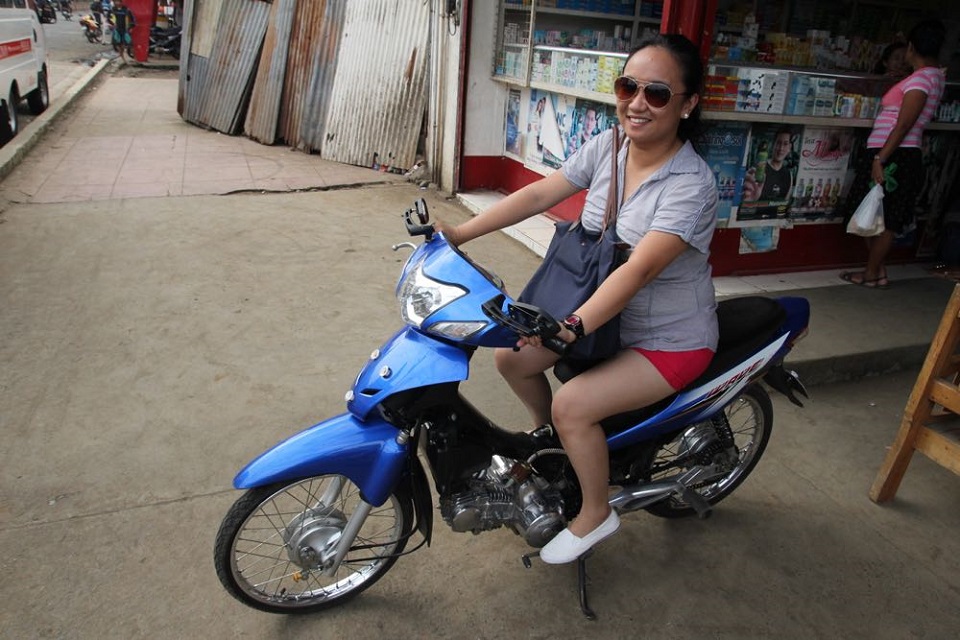
The motorcycle taxi ride to the Eagle Center cost P40 per way.
A short multicab ride from J.P. Laurel Avenue to Bankerohan Market only costs P8; from the Bankerohan (B'kerohan) terminal, an L300 shuttle to Calinan costs P40 one-way and takes anywhere from 1 to 1.5 hours. At Calinan, men on motorbikes were already waiting; upon saying the word "eagle," they already knew where we wanted to go.
The motorbike ride was not that cheap. We were told that it was P40 per way, but we ended up paying P100 for the roundtrip to and from the Calinan shuttle terminal. Still, compared to the P1,500 a taxi driver quoted for a trip from the Davao city proper to Malagos, taking public transportation cost only a quarter of the amount yet at the same time gave us twice the amount of fun, adventure and memories.
The entrance fee to the Davao City Water District is only P5 for adults; the actual Eagle Center inside requires a "donation" of P100; an amount that was well spent, especially when viewing these magnificent birds of prey.
We arrived at the PEC at a rather fortunate time—noon. Not only are Philippine/monkey-eating eagles bred at this facility, but so are rabbits and field mice for the eagles' food. Recovering in two open areas were Biasong, who stood regally and proudly, and another eagle (we did not get its name) who busily devoured its rabbit lunch.
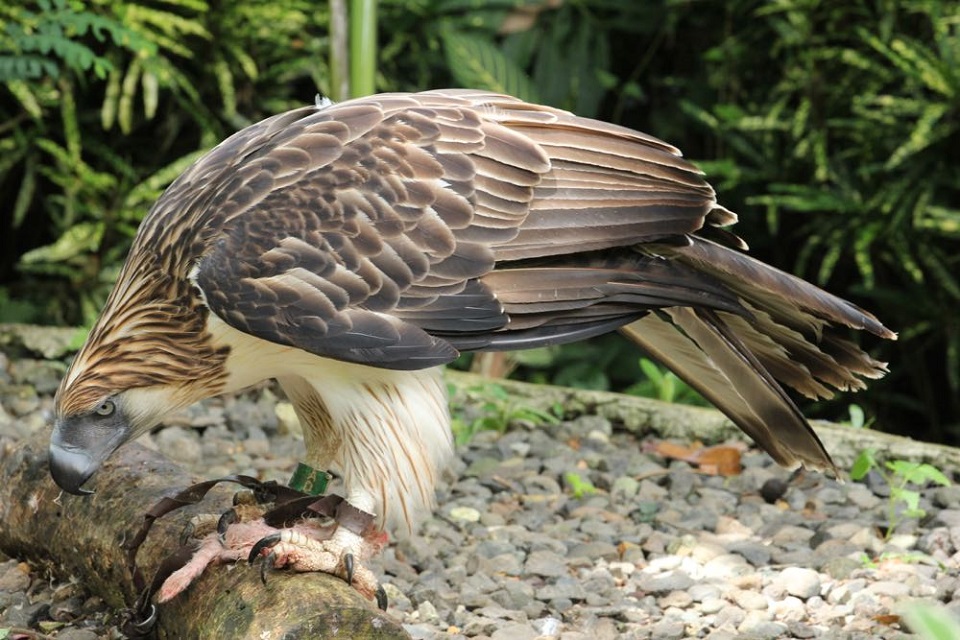
This eagle was eating his rabbit lunch when we arrived.
Day Three had us heading to the Waterfront Insular Hotel, Pearl Farm Beach Resort's port on the Davao City side. After fifty minutes of pleasant, calm and peaceful seafaring, Pearl Farm's famous three-tier pagoda greeted us as we reached one of the more exclusive resorts along Samal Island's coast.
Aside from the beachfront, what guests really pay for at Pearl Farm is its exclusivity and privacy. The sand quality on the main resort beach and from Malipano Island is nowhere what you'd find in Boracay, Bohol or Coron, but at least you get to have your own piece of tropical heaven.
The spread and quality of the P950 dinner buffet was not that bad, but was not that good either. Spending an additional amount for a proper meal really does skew one's dining judgment and expectations. Good thing the breakfast buffet was already included in the package.
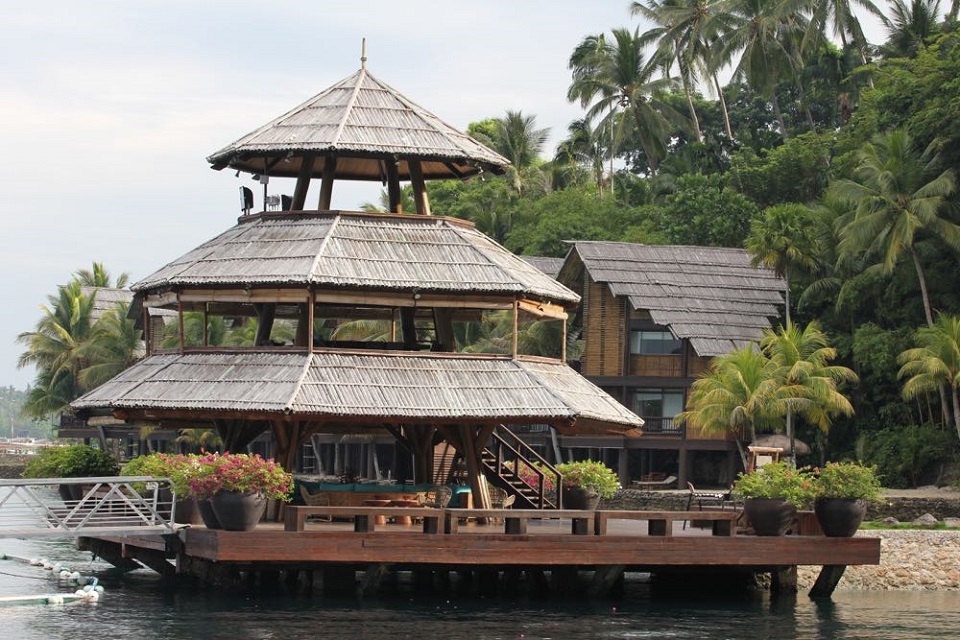
Pearl Farm Beach Resort's 3-tier pagoda
Last meal in Davao City
After crossing back through the Gulf of Davao and before going to the airport, we stopped at Cecil's for a light lunch/merienda. The nearest branch from the Waterfront Insular Hotel was the one in Damosa, a quick 10-minute taxi ride.
A must try is the Pancit Luglug (P75), with an optional order of either the fried/fresh lumpia (P25) or a slice of chocolate cake (P60).
This trip was actually my second time to visit the lovely city of Davao, but it was the first time I visited it with a "DIY" itinerary. With each bite, landmark visit and public transportation ride on free-flowing roads, I became more and more jealous of the everyday lives local Davaoeños live. — BM, GMA News
Hukad sa Golden Cowrie
2/F Abreeza Mall, Abreeza Ayala Business Park
J.P. Laurel Ave., Davao City
Ah Fat Seafood Plaza
Victoria Plaza Mall Complex
J.P. Laurel Ave., Davao City
Cecil's Snack Inn & Bakeshop
Damosa Gateway, Mamay Road
Lanang, Davao City
Tags: davaocity, travelogue
More Videos
Most Popular




